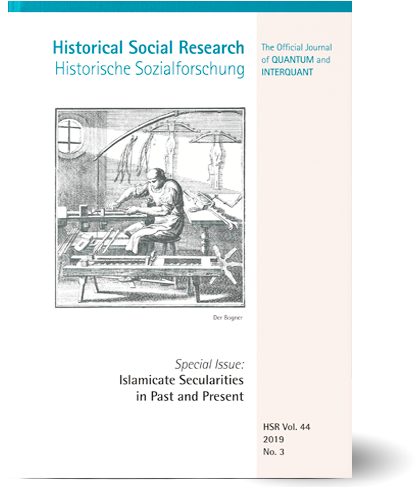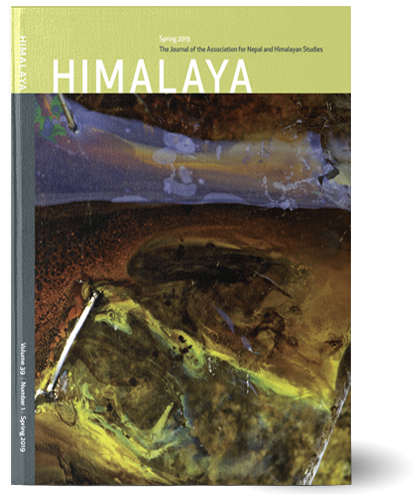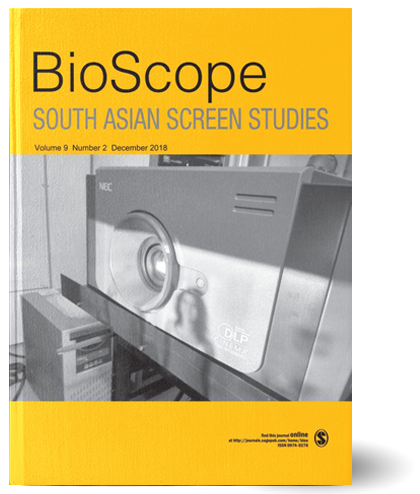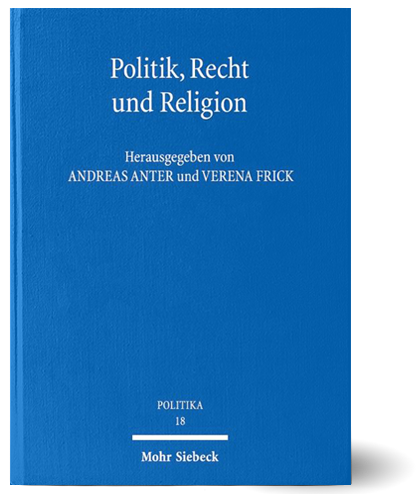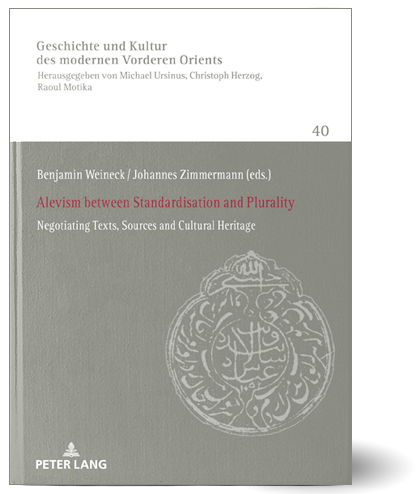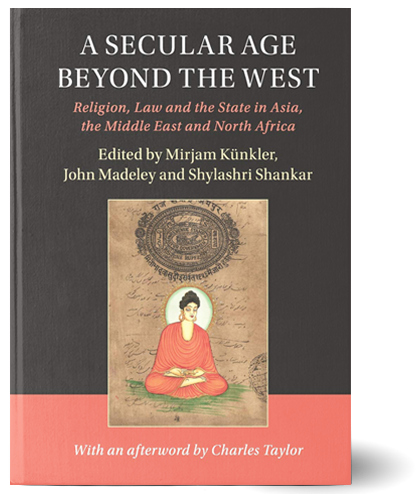The opening up of Islamic Studies for the humanities and social sciences, a process in which Reinhard Schulze played a leading role, is by now acknowledged as inevitable. The question, however, as to what constitutes Islamic Studies as a discipline remains on the table. Since a substantial conception of interdisciplinarity requires the previous constitution of disciplinary boundaries, this article suggests to define the Islamic discursive tradition as constitutive of Islamic Studies. Other disciplines are consulted to the extent that their theories, approaches or findings contribute to the understanding of a concrete articulation of Islam. In turn, Islamic Studies provides its knowledge of the Islamic discursive tradition whenever this helps to understand certain social, political, economic or other facts, and also to critique, modify, and enhance existing theories. I will use the different manifestations of Salafism to exemplify this basic proposition. Salafism serves well as a case in point since its different proponents all claim their understanding of Islam to be the authentic one, even though in all the cases this understanding is a markedly modern construction. For their respective construction of Islam, salafis appropriate and construct elements of Islamic tradition to different extents; hence, the differing extent to which Islamic Studies and other disciplines can contribute to understanding the different salafi articulations of Islam.
Zemmin, Florian. “Wider Die Islamische Exzeptionalität: Zur (Inter-)Disziplinarität Der Islamwissenschaft Am Beispiel Des Salafismus.” In Islam in Der Moderne, Moderne Im Islam: Eine Festschrift Für Reinhard Schulze Zum 65. Geburtstag. Edited by Florian Zemmin, Johannes Stephan and Monica Corrado, 159–86. Social, Economic and Political Studies of the Middle East and Asia 119. Leiden: Brill, 2018.


